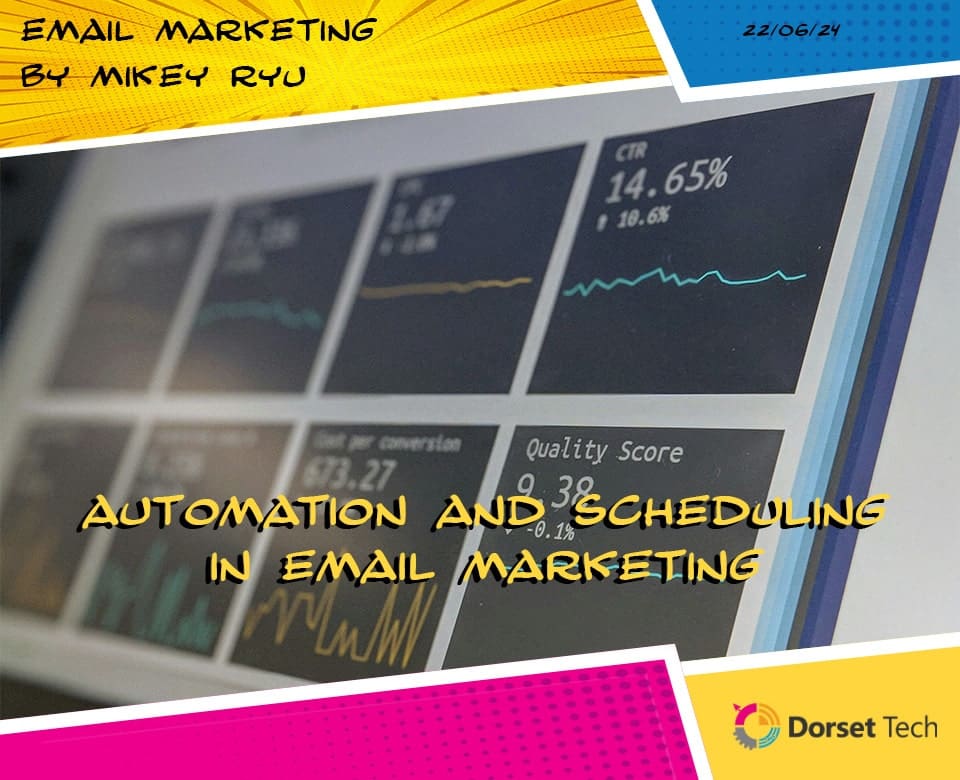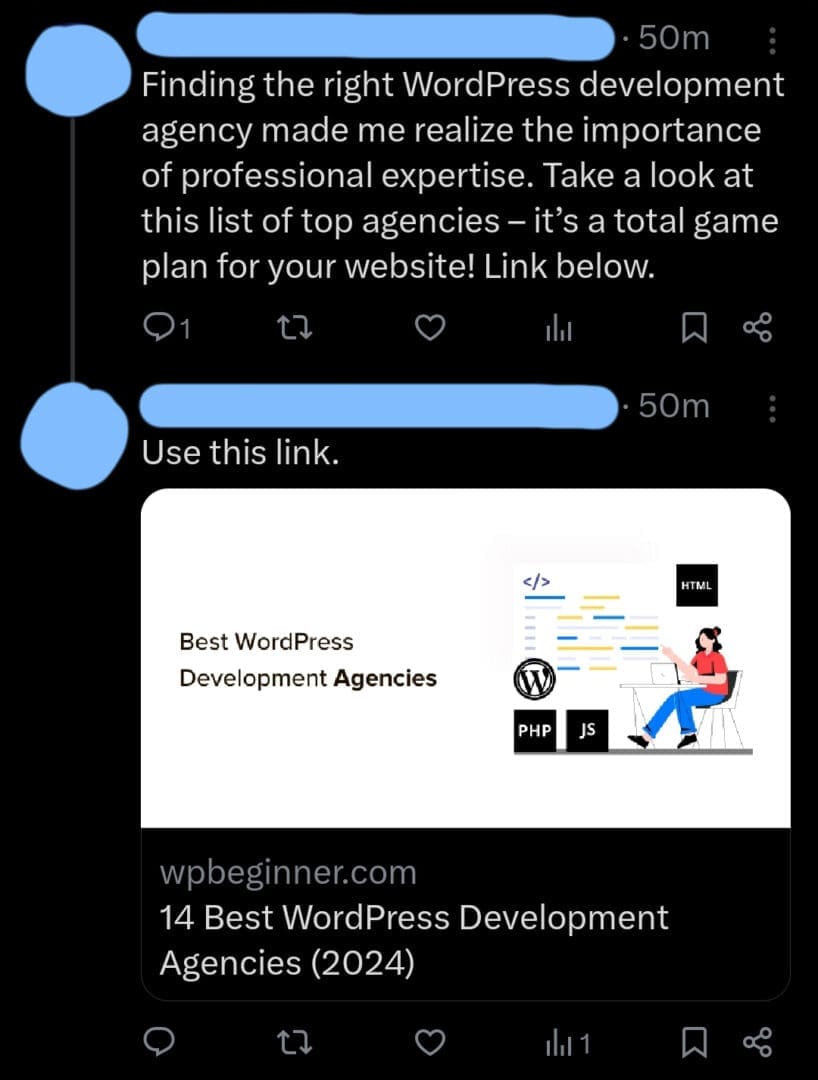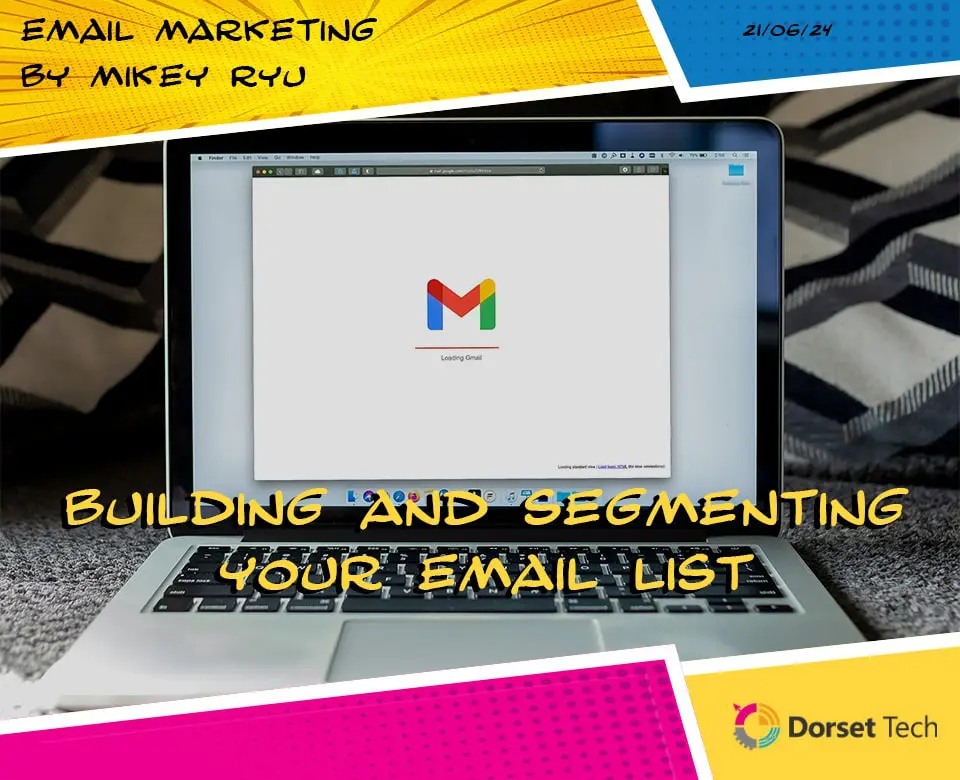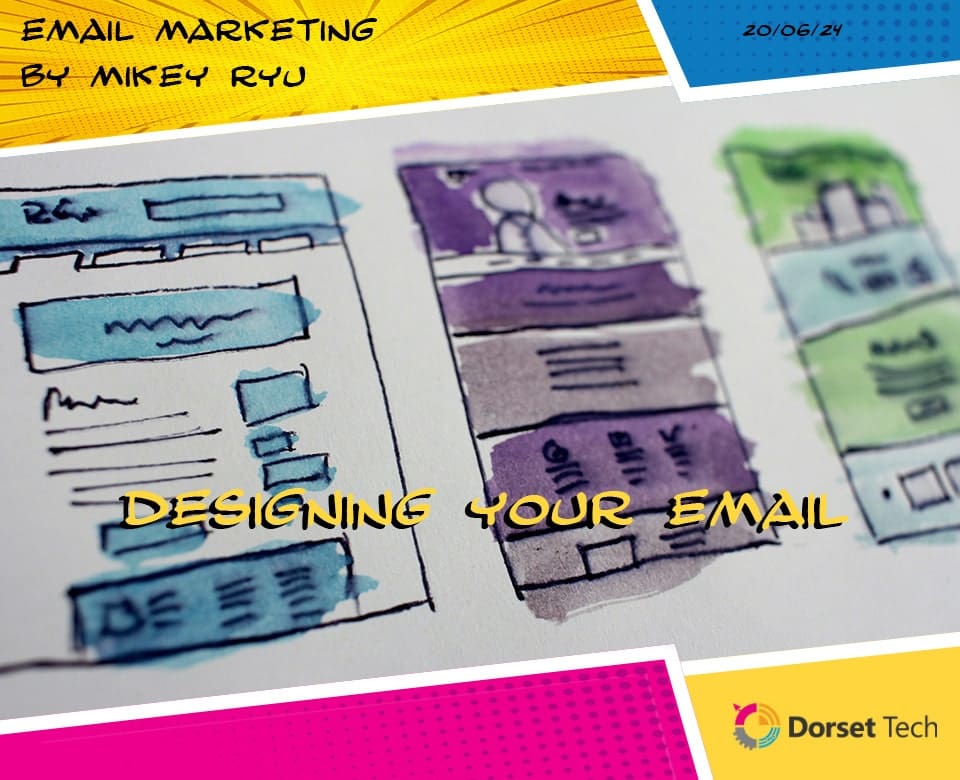
Automation and Scheduling In Email Marketing
In the realm of digital marketing, email remains a cornerstone for engaging with customers and driving conversions. As businesses grow and their email lists expand, managing email campaigns manually can become overwhelming. This is where automation and scheduling come into play. By automating your email processes and strategically scheduling your sends, you can maintain a consistent and effective communication strategy with your audience. In this blog, we will explore the role of automation and scheduling in email campaigns, their benefits, and best practices for implementing these tools effectively.
The Role of Automation and Scheduling in Email Campaigns
Automation and scheduling are essential components of a successful email marketing strategy. Automation allows marketers to send personalised and timely messages based on specific triggers and behaviours, while scheduling ensures that these emails are sent at the optimal times. Together, they help streamline marketing efforts, save time, and improve engagement rates.
Benefits of Email Automation
Automating your email campaigns offers numerous advantages that can significantly enhance your marketing efforts:
- Efficiency: Automation saves time by handling repetitive tasks, allowing marketers to focus on more strategic activities.
- Consistency: Ensures that emails are sent consistently, maintaining regular contact with subscribers without manual intervention.
- Personalisation: Enables personalised email content based on user behaviour, preferences, and demographics, leading to higher engagement.
- Scalability: Easily scale your email marketing efforts without increasing the workload.
- Improved Targeting: Automation allows for precise targeting based on customer actions, leading to more relevant and effective communications.
Why Automating Your Emails is Essential
In today’s fast-paced digital environment, email automation is not just a convenience but a necessity. Here’s why:
- Timely Communication: Automated emails ensure that your messages reach subscribers at the right time, such as immediately after they sign up or make a purchase.
- Enhanced User Experience: Personalised and timely emails improve the overall user experience, making subscribers feel valued and understood.
- Higher Engagement: Automated emails typically have higher open and click-through rates because they are relevant and timely.
- Data-Driven Insights: Automation platforms provide valuable data and insights that can be used to refine and optimize your email marketing strategy.
Types of Automated Emails
There are various types of automated emails that can be used to engage and nurture your audience effectively:
- Welcome Emails: Sent immediately after a subscriber joins your email list, introducing them to your brand and setting expectations.
- Transactional Emails: Triggered by specific actions such as purchases, order confirmations, and shipping notifications.
- Abandoned Cart Emails: Remind customers who have left items in their shopping cart to complete their purchases.
- Re-Engagement Emails: Target inactive subscribers to rekindle their interest in your brand.
- Birthday or Anniversary Emails: Personalised messages celebrating milestones, offering special discounts or rewards.
Common Automated Email Sequences
Automated email sequences help guide subscribers through their customer journey. Some common sequences include:
- Onboarding Sequence: A series of emails that welcome new subscribers, provide useful information, and guide them through the initial stages of engagement with your brand.
- Lead Nurturing Sequence: Aimed at nurturing leads by providing valuable content and gradually moving them towards a purchase decision.
- Post-Purchase Sequence: Follow-up emails sent after purchase to thank customers, ask for feedback, and offer related product recommendations.
- Re-Engagement Sequence: Targeted at re-engaging inactive subscribers with special offers or valuable content to reignite their interest.
Setting Up Automated Workflows
Creating effective automated workflows involves several key steps:
- Identify Goals: Clearly define the goals for your automated emails, such as increasing sales, improving customer retention, or nurturing leads.
- Map the Customer Journey: Understand the various stages of your customer’s journey and identify touchpoints where automated emails can add value.
- Choose the Right Platform: Select an email marketing platform that offers robust automation features and integrates with your existing systems.
- Create Trigger-Based Rules: Set up triggers that will initiate automated emails, such as user actions, behaviours, or specific dates.
- Design Email Templates: Create email templates that are visually appealing, consistent with your brand, and optimised for different devices.
- Test and Optimise: Test your automated workflows to ensure they function correctly and optimise based on performance data.
Personalising Automated Emails
Personalisation is key to making automated emails feel more human and engaging. Here are some strategies:
- Use the Recipient’s Name: Including the recipient’s name in the subject line or greeting can make the email feel more personal.
- Dynamic Content: Use dynamic content blocks to tailor the email content based on the recipient’s preferences, behaviour, or past interactions.
- Behavioural Triggers: Set up emails triggered by specific behaviours, such as browsing certain products or leaving items in the cart.
- Segment Your Audience: Divide your email list into segments based on criteria like demographics, purchase history, or engagement level, and send targeted emails to each segment.
Optimal Scheduling Practices
Timing is crucial in email marketing. Here are some tips for scheduling your emails for maximum impact:
- Know Your Audience: Understand when your audience is most likely to check their emails. This can vary based on factors like demographics and industry.
- Test Different Times: Experiment with sending emails at different times of the day and days of the week to identify the best times for your audience.
- Consider Time Zones: If your audience is spread across different time zones, consider scheduling emails to be sent at optimal times for each zone.
- Frequency: Balance the frequency of your emails to avoid overwhelming subscribers. Regular but spaced-out emails can keep your audience engaged without causing fatigue.
A/B Testing for Best Results
A/B testing, or split testing, is an essential practice for optimising your email campaigns. Here’s how to use it effectively:
- Define Variables: Identify which elements you want to test, such as subject lines, send times, or email content.
- Create Variations: Develop different versions of the email with varying elements.
- Segment Your Audience: Divide your email list into equally sized segments and send each version to a different segment.
- Analyse Results: Track key metrics like open rates, click-through rates, and conversions to determine which version performed better.
- Iterate and Optimise: Use the insights gained from A/B testing to refine your email campaigns and improve future performance.
Monitoring and Adjusting Automation
Continuous monitoring and adjustment are crucial for maintaining effective automated email campaigns. Here’s how:
- Track Performance Metrics: Regularly monitor metrics such as open rates, click-through rates, conversion rates, and unsubscribe rates.
- Analyse Data: Use data to identify patterns, successes, and areas for improvement.
- Adjust Workflows: Make necessary adjustments to your automated workflows based on performance data to ensure they remain effective.
- Update Content: Refresh your email content periodically to keep it relevant and engaging for your audience.
Conclusion
Automation and scheduling are vital components of a successful email marketing strategy. By leveraging automation, you can deliver timely, personalized messages that enhance the user experience and drive engagement. Strategic scheduling ensures that your emails reach subscribers when they are most likely to be engaged. Combined with continuous monitoring and optimisation, these practices can significantly boost the effectiveness of your email campaigns. Implementing these strategies will help you achieve better results and make the most of your email marketing efforts.





















